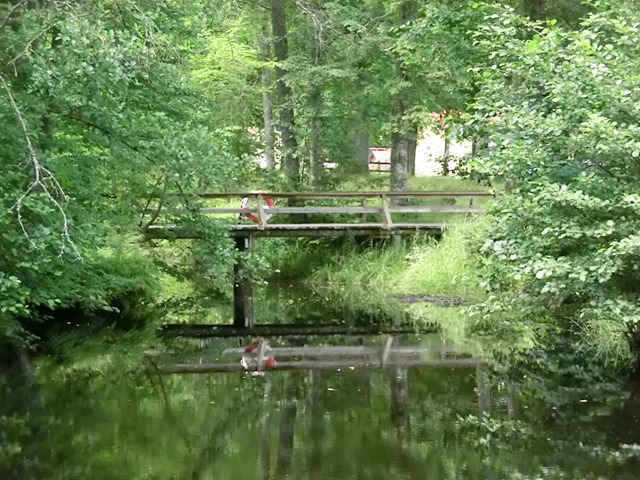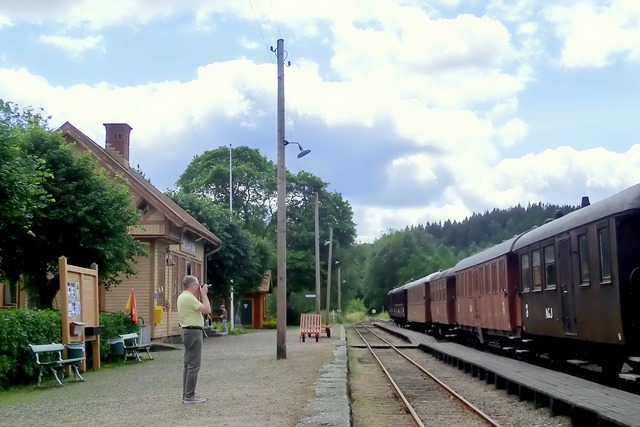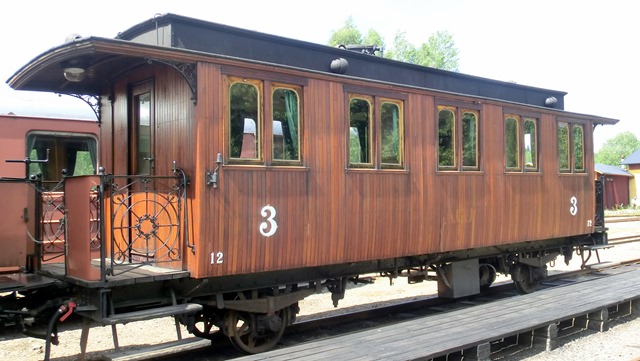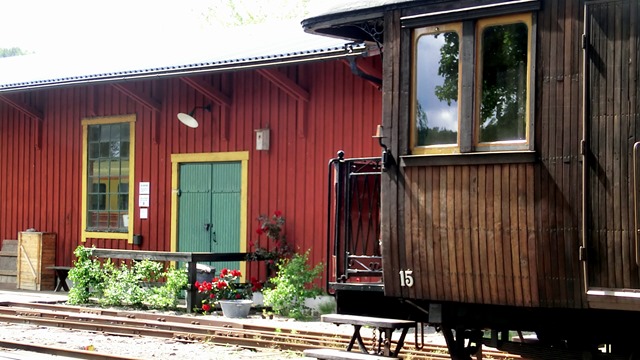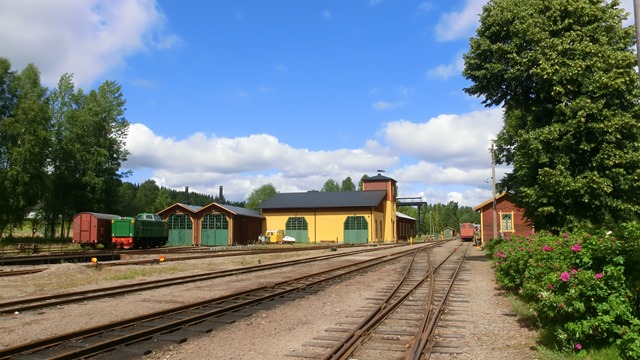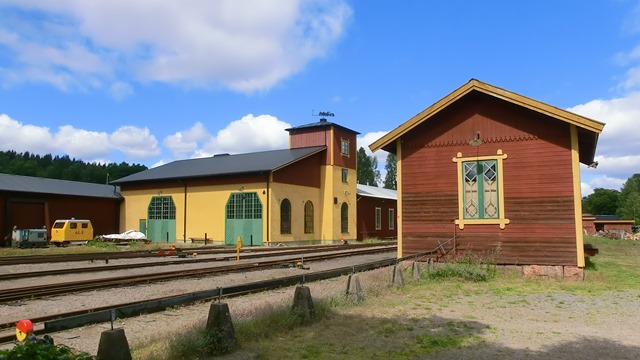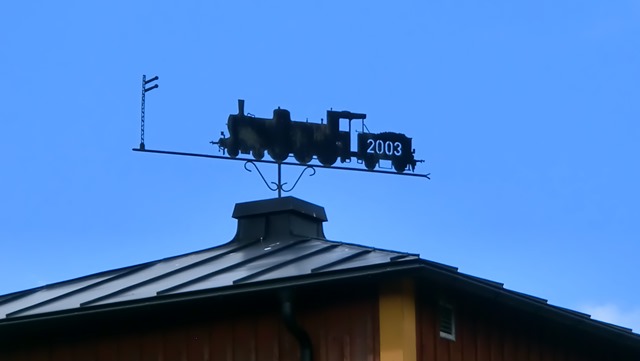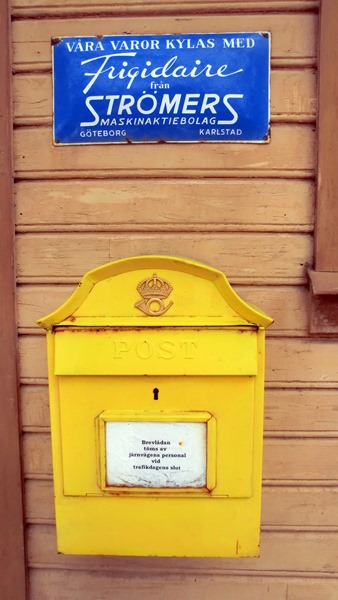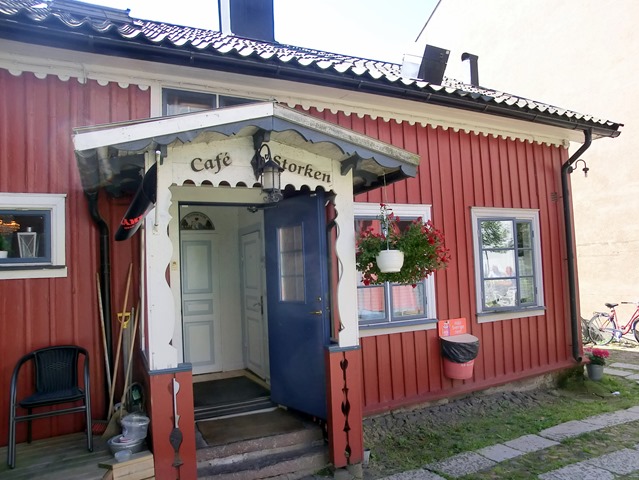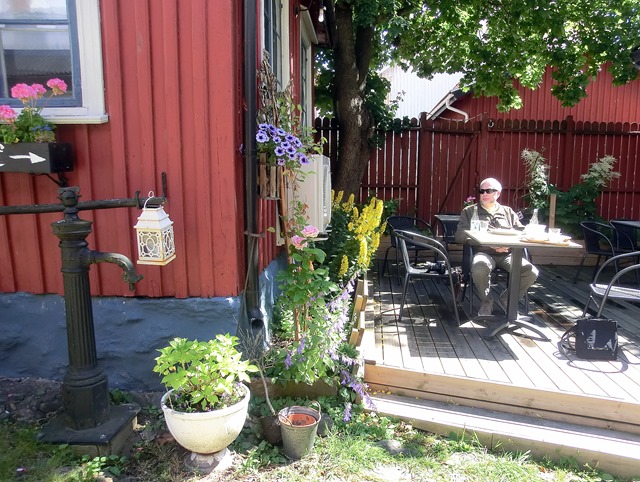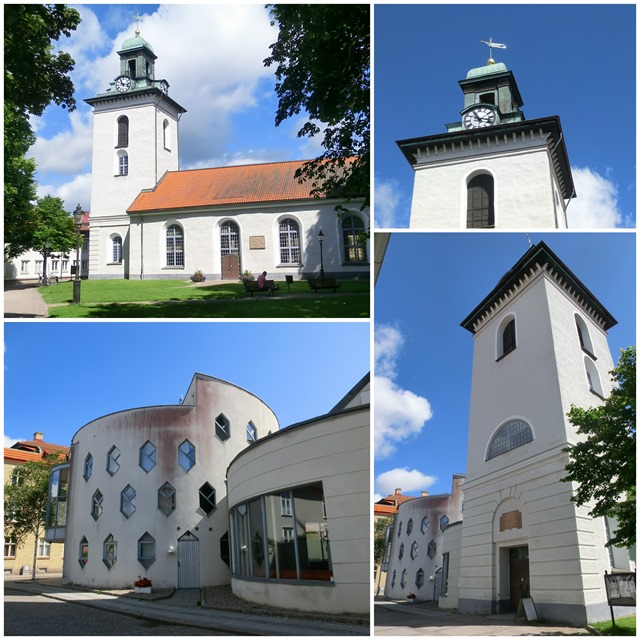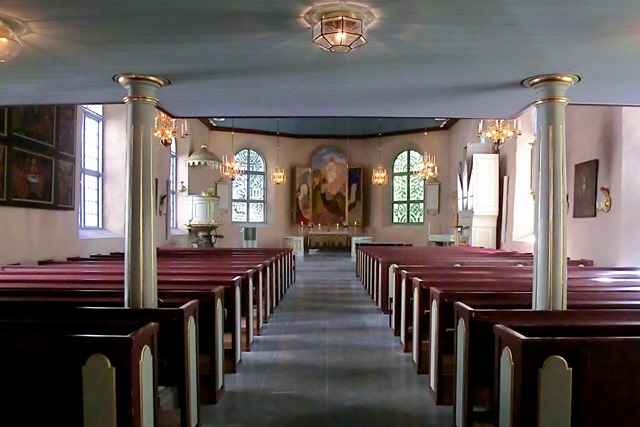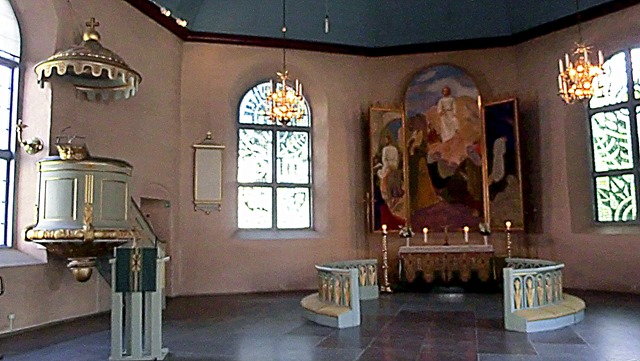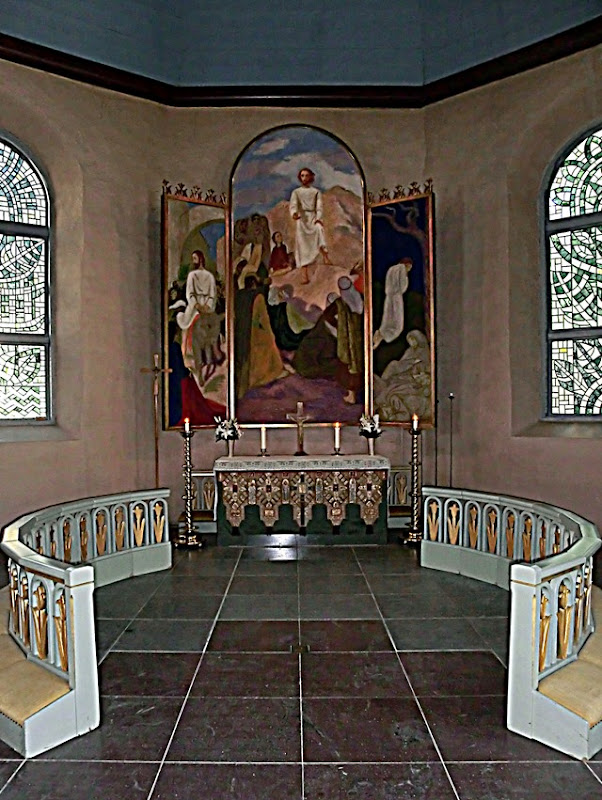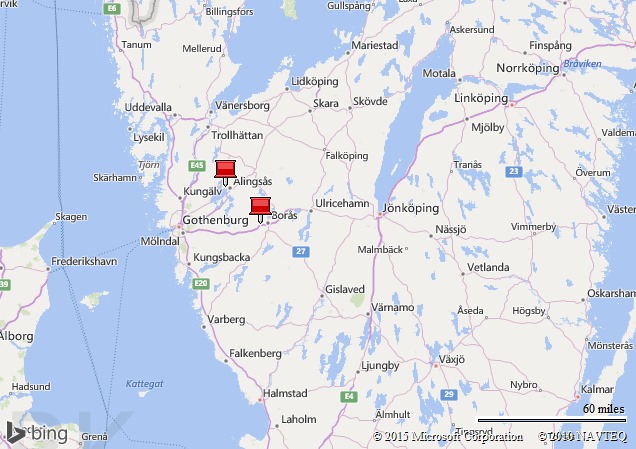I’m back from our little trip. Actually we arrived back in Borås on Thursday evening. After breakfast on Friday my brother left for the last bit of his trip back to his own home; and I spent the rest of the day unpacking and getting re-organised.
I’m now also facing the job of a thousand photos to sort out… No, I’m not exaggerating. When I copied the camera-card onto the computer, it said exactly 1000 photos! (Plus a few more on the phone…)
I’ve decided to put some extra effort into ‘tagging’ these holiday photos (compared to usual); so I’ll be taking my time about it. But basically I think I will blog about the trip in chronological order.
We started from Borås on Monday morning (20.7), and our first stop was Alingsås, a small(ish) town of 25.000 inhabitants by the river Säveån.

Alingsås got it’s royal charter as a town in 1691 and among other things it is a very picturesque little town with many well-preserved old wooden buildings in the city, and a lot of cafés.
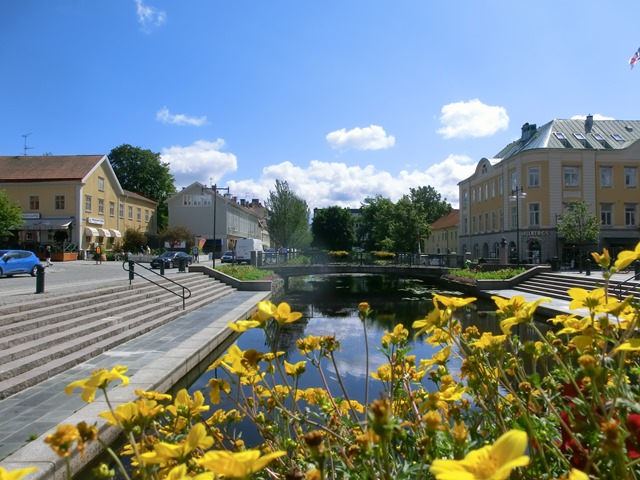
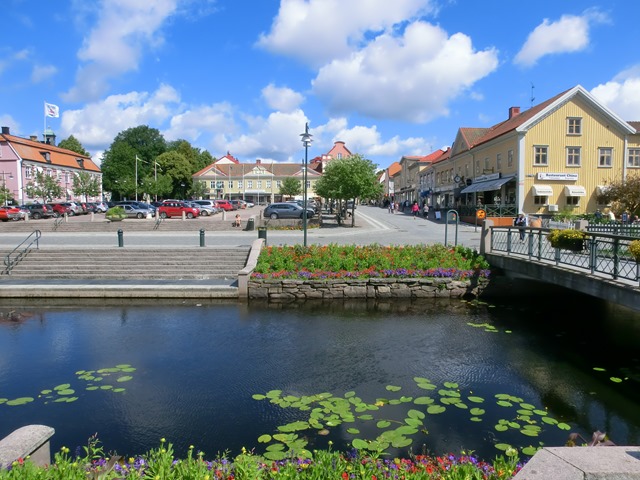
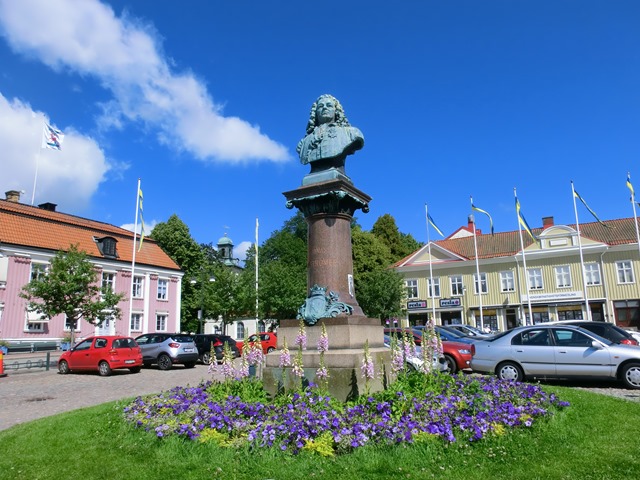
In the main square stands a bust of Jonas Alströmer (1685-1761), a pioneer within agriculture and industry in Sweden. In Sweden he is perhaps best generally known for introducing the potato plant here – which soon became an important staple food all over the country, and still is. But Alströmer was also involved in for example textile industry and trade, shipbuilding, starting a sugar refinery in Gothenburg, and whatnot. He was also one of the founders of the Royal Swedish Academy of Sciences in 1739. 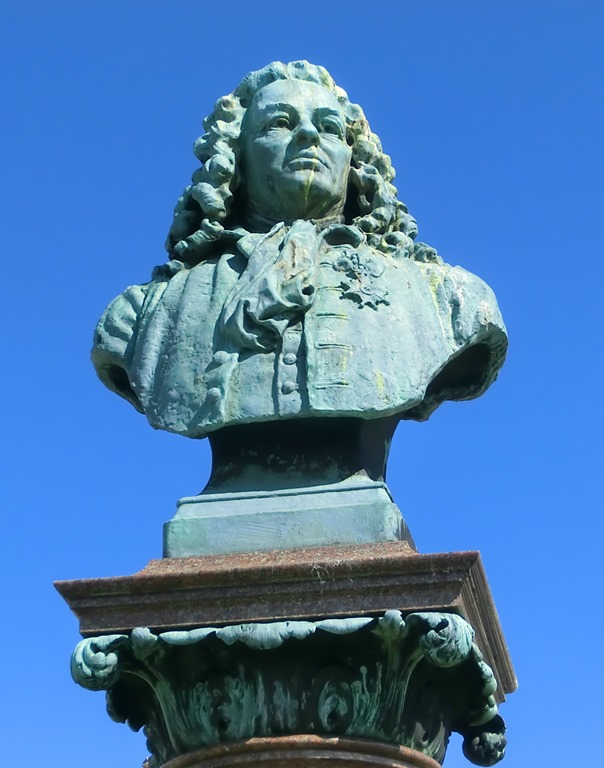
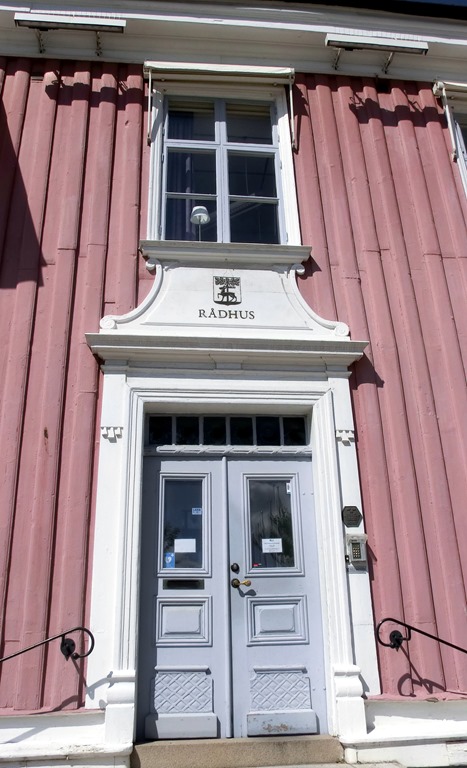
The old town house (the pink house to the left of the Jonas Alströmer memorial) was built by his son Patrik Alströmer in 1769 (back then as residence for him and his family). The building was acquired by the Town in 1831 and is now listed as a cultural heritage building.
Below are some other random pictures of old wooden buildings in the town – taken while we were strolling around looking for a café where we could have lunch.
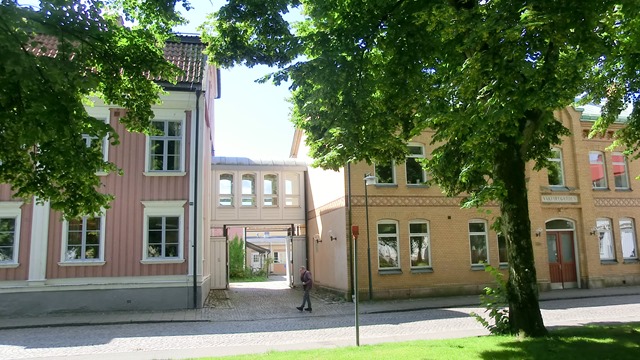


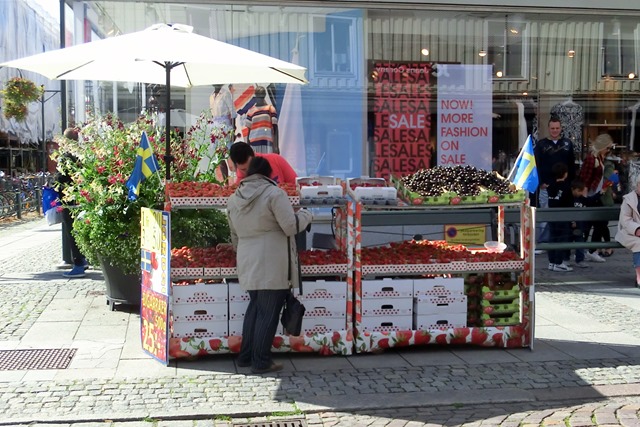
In the last photo (for today) please note that in the windows behind the inviting market stand you can see the reflection of the old wooden building on the other side of the street. 
Linking to Weekend Reflections



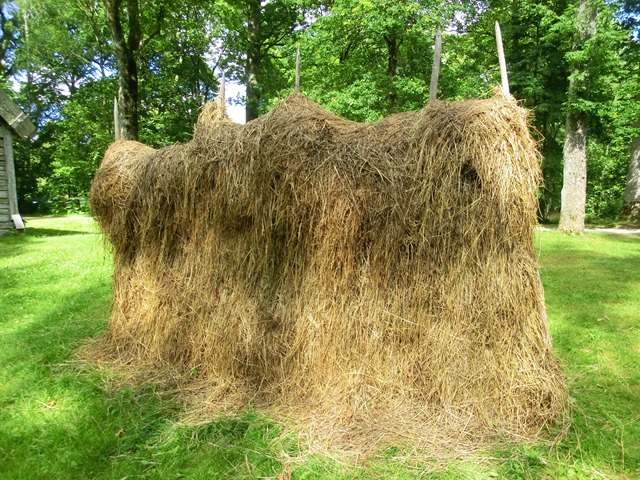



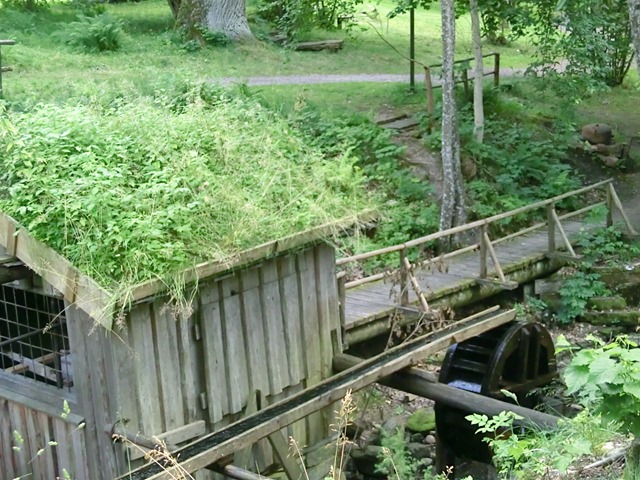
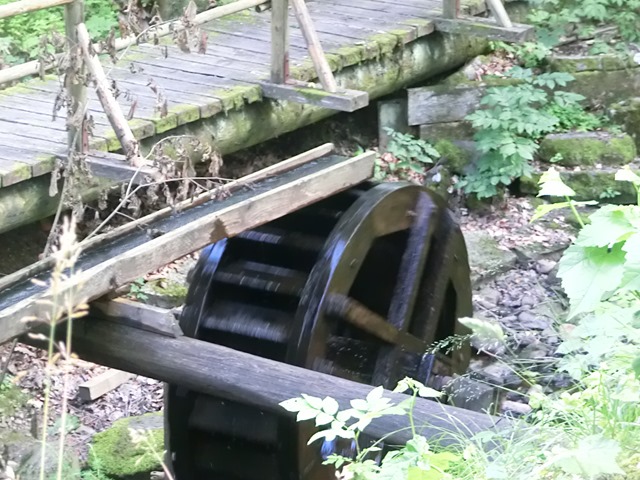


![]()
